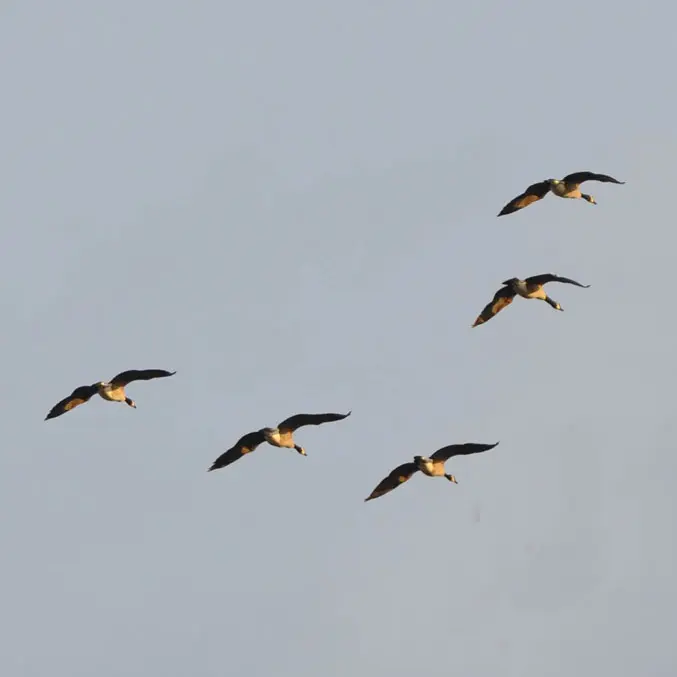People think I’m joking when I say that we need to repopulate wolves and mountain lions in North America.
Maybe share this: How Wolves change Rivers.
Colorado is doing it as we speak.
I think what trips people up is that I explicitly include New Jersey for wolf reintroduction.
I say put them everywhere they natively lived, and make it VERY bad for people if they hurt them.
everywhere they natively lived
sorry ma’am, your child was one of thirty five killed when we reintroduced wolves to kindercare because they were native here in the 1300s, but their comeback is something to behold, and the survivors have quite a story!
I kid, but also, reintroduce them to areas where they’re least likely to bump up against population, all the areas they natively lived in the past are, unfortunately, overrun by humans. I live in Washington state, where we’re seeing grey wolves slowly come back. I’m all for it. And here in Seattle, we’ve always had Coyotes living around the town, on the large greenways. Keep your cats inside if you love them!
And your elected leaders are fighting it: https://www.newsweek.com/wolves-reintroduced-colorado-lauren-boebert-1853656
goddamn she’s dumb.
There’s progress being made on that front. According to the internet, there are already a lot of cougars in my area.
Lol nice
And if it does they’re sure to blame me for it somehow :(
Only if you get eaten. Are you planning to get eaten, or do you keep company with people who might take interest in eating you?
I suppose you could theoretically just have sex with someone and hope for the best.
Are you planning to get eaten, or do you keep company with people who might take interest in eating you?
vore
WTF? What did you do 😳?
Their username
I’m guessing they’re Obama.
🤣
🤖 I’m a bot that provides automatic summaries for articles:
Click here to see the summary
For years, chronic wasting disease (CWD), caused by prions – abnormal, transmissible pathogenic agents – has been spreading stealthily across North America, with concerns voiced primarily by hunters after spotting deer behaving strangely.
The prions cause changes in the hosts’ brains and nervous systems, leaving animals drooling, lethargic, emaciated, stumbling and with a telltale “blank stare” that led some to call it “zombie deer disease”.
Its discovery in Yellowstone, whose ecosystem supports the greatest and most diverse array of large wild mammals in the continental US, represents an important public wake-up call, says Dr Thomas Roffe, a vet and former chief of animal health for the Fish & Wildlife Service, a US federal agency.
Roffe had been predicting CWD would reach Yellowstone for decades, warning that both the federal government and the state of Wyoming needed to take aggressive measures to help slow its spread.
“The BSE [mad cow] outbreak in Britain provided an example of how, overnight, things can get crazy when a spillover event happens from, say, livestock to people,” Anderson says.
Dr Raina Plowright, a disease ecologist at Cornell University, says CWD should be viewed against a backdrop of dangerous emerging zoonotic pathogens that are moving back and forth across species barriers between humans, livestock and wildlife globally.
Saved 82% of original text.
Somehow this will end up being Obama’s fault.





